Carbon offsetting is a poorly understood mechanism. Can you really cancel out the climate impact of what you consume by buying enough carbon credits? Carbon offsetting forces us to think about the way we consume and how it’s communicated. What is carbon offsetting? Is it really a worthwhile investment and a sustainable solution?
We’ve been limiting our carbon footprint since 2007
Our greenhouse gas emissions come from three main sources:
- The production and purchase of servers
- Energy consumption
- Employee travel
We design our own data centers and have drawn up our own environmental charter so that we can take as effective steps as possible in these three areas:
We extend the service life of our servers up to 15 years
At Infomaniak, it’s the purchase of new servers that pollutes the most.
Manufacturing and shipping a server creates around 1.7 tonnes of CO2. Because we only use local renewable energy, it takes 7 to 10 years for one to emit that much CO2. We’ve therefore decided to extend the life of our servers to 15 years. The overall cost is greater (because it requires increased electricity consumption and more space in our data centers), but it’s the most sustainable solution in every respect (CO2, rare-earth metals and the circular economy).
Data center III will be covered in solar panels
In the virtual world, a data center produces computing. In the real world, a data center produces heat.
Our data centers are certified as energy efficient. Cooled solely by outside air, they expel warm air into the atmosphere. But our next generation of data centers will recover all of the heat generated by the servers to heat homes in the winter and water in the summer.
It’s part of our vision for a fleet of smaller data centers that are integrated into eco-districts. We think it’s madness to build enormous data centers only to release their heat into the sea, as some projects do.
We use only local renewable energy
Currently, the electricity we purchase consists of 60% hydroelectricity and 40% green energy (solar energy and small hydroelectric facilities which protect natural watercourses and allow fish to move about freely). Our aim is to increase the proportion of green energy we use from 40% to 100% by 2025.
Infomaniak’s also ISO 14001 and ISO 50001 certified.
We encourage our employees to use soft mobility
We provide electric bikes and scooters so employees can try out low-impact transport solutions. We also offer an allowance of CHF 850-1500 a year to encourage them to switch to an electric bike, public transport or car sharing.
Why double our CO2 offsets?
“Life is about making things that are sustainable, at least for a company.” Boris Siegenthaler, Infomaniak’s co-founder and head of strategy
Carbon offsetting is a credit system: the idea is to compensate for carbon emissions by funding projects that reduce further emissions or even sequester CO2. These schemes issue carbon credits that you can buy to “offset” your own emissions and achieve carbon neutrality. But in reality, it’s not so simple.
“Offsetting” is a misnomer
In practice, what we call “carbon offsetting” is just a contribution towards mitigating the impacts of CO2 emissions. It’s a partial offset of real impacts that vary and depend on many factors. For example, when you invest in a reforestation project, it takes decades for the trees to grow and play a significant role in carbon sequestration. What’s more, carbon dioxide isn’t the only greenhouse gas: there are others, such as methane. Even though we’re reducing the energy consumed by our services through eco-design and resource sharing, we have less control over the way in which they’re used. Neither can we control the growing number of devices that consumers are buying and using our services with.
Offsetting by 200% should be a no-brainer
Calculating greenhouse gas emissions is not an exact science. As Boris Siegenthaler explains:
“The deterioration of the climate is accelerating; given the collective inertia, we decided in 2007 to offset our CO2 emissions by 100%, which we’ve doubled to 200% since 2017. Although we do our utmost to design efficient systems, we’re aware that we’re not perfect and that we can still improve our ecological approach.”
We offset both in Switzerland and abroad
Out of a desire to save money or poor understanding of the issues, some companies outsource their carbon offsetting to the other side of the world, despite their emissions being generated in Europe. We prioritise investment in local projects.
“Even though it’s four times more expensive, we choose to offset our CO2 emissions where we produce them, in the middle of Europe. Offsetting 1 tonne of CO2 in Nicaragua doesn’t cost the same as 1 tonne in Switzerland. Most of our investment is channelled into a forest reserve in the Swiss Canton of Jura, which stores CO2 and helps to create a habitat for wildlife. We also fund a reforestation project in Nicaragua as part of the scheme.” Boris Siegenthaler
Offsetting 200% of Infomaniak’s CO2 emissions cost a total of CHF 67,436.73 in 2020.
Offsetting CO2 is easy to do
The good news about carbon offsetting is that everyone can do it. It’s just a matter of will. There’s no need to draw up a CO2 reduction plan to start saving the planet. Every firm can do it alongside the other measures they are taking to mitigate the impact of their business on the climate. And individuals can also choose carbon offset options in their shopping basket on some e-commerce websites. Spending twice as much to offset your emissions also encourages you to think outside the box in order to emit less. It creates a virtuous circle.
We continue to take climate action
Despite the decisions we’ve made and all our optimisation, resource sharing and investment, we’re still not satisfied with the results.
We’d like a stricter legal framework for data centers that would end the use of air conditioning, promote the use of renewable energy and support companies that invest in recovering the heat emitted by their activities.
We believe that all firms should make reducing their environmental footprint a top priority while aiming for carbon neutrality. This is the direction we’re heading in and we’ll regularly update this page to share our progress and challenges with you.
Our choices determine tomorrow’s digital world
By choosing businesses that do more for the climate, you’re shaping the economy’s priorities. It is we, the users, who support companies that further our interests and – perhaps – even inspire us.
Whether you’re a customer or not, you too can contribute to our environmental action on our dedicated page. There you can share your comments and ideas. One last thing: remember that the greenest products are the ones that you don’t buy. That’s why we’re giving our old servers a new lease of life.
Find out more
- Discover our ecological commitments
- Infomaniak won’t haggle over the planet
- Infomaniak wins a SIG Energy Transition Trophy
- The digital impact: best practices for a greener web
- Infomaniak bolsters its environmental and social approach by joining Après-GE, a body that supports the social and solidarity-based economy
- Infomaniak doubles its CO2 offsets
Infomaniak inaugurates a revolutionary data center that recovers 100% of its energy to heat buildings
Tuesday January 28th, 2025
Infomaniak commissions two Meyer Burger solar power plants manufactured in Europe
Friday April 5th, 2024
Prioritising quality code : explanations and solutions for repaying the technical debt
Friday August 11th, 2023

 Français
Français Deutsch
Deutsch Italiano
Italiano Español
Español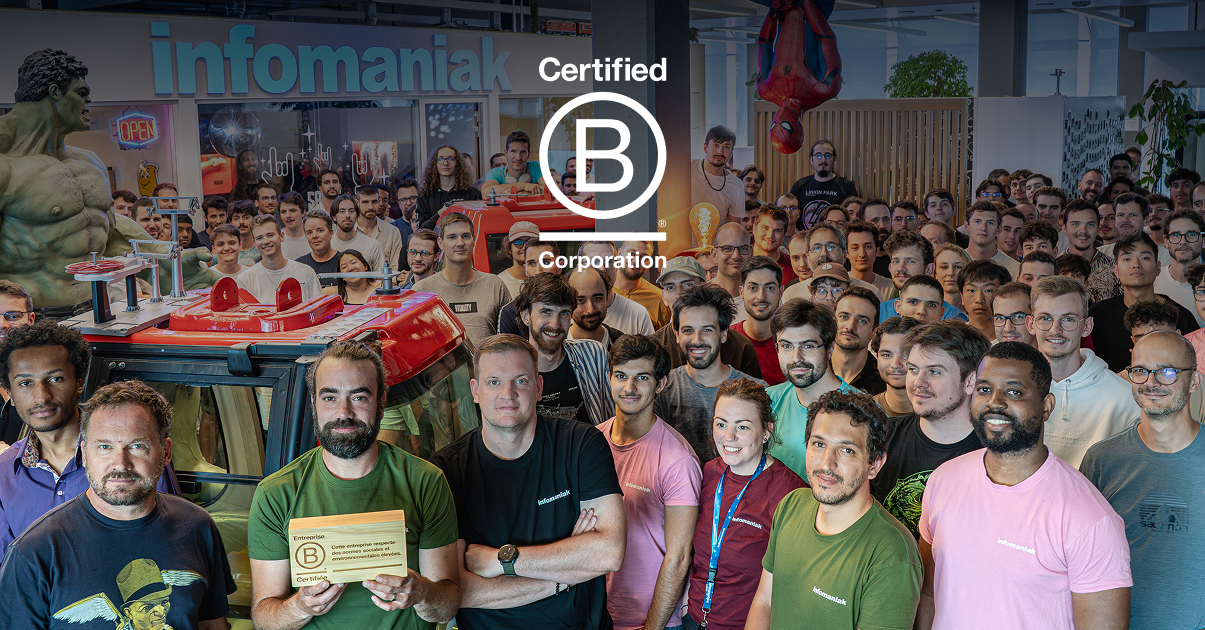
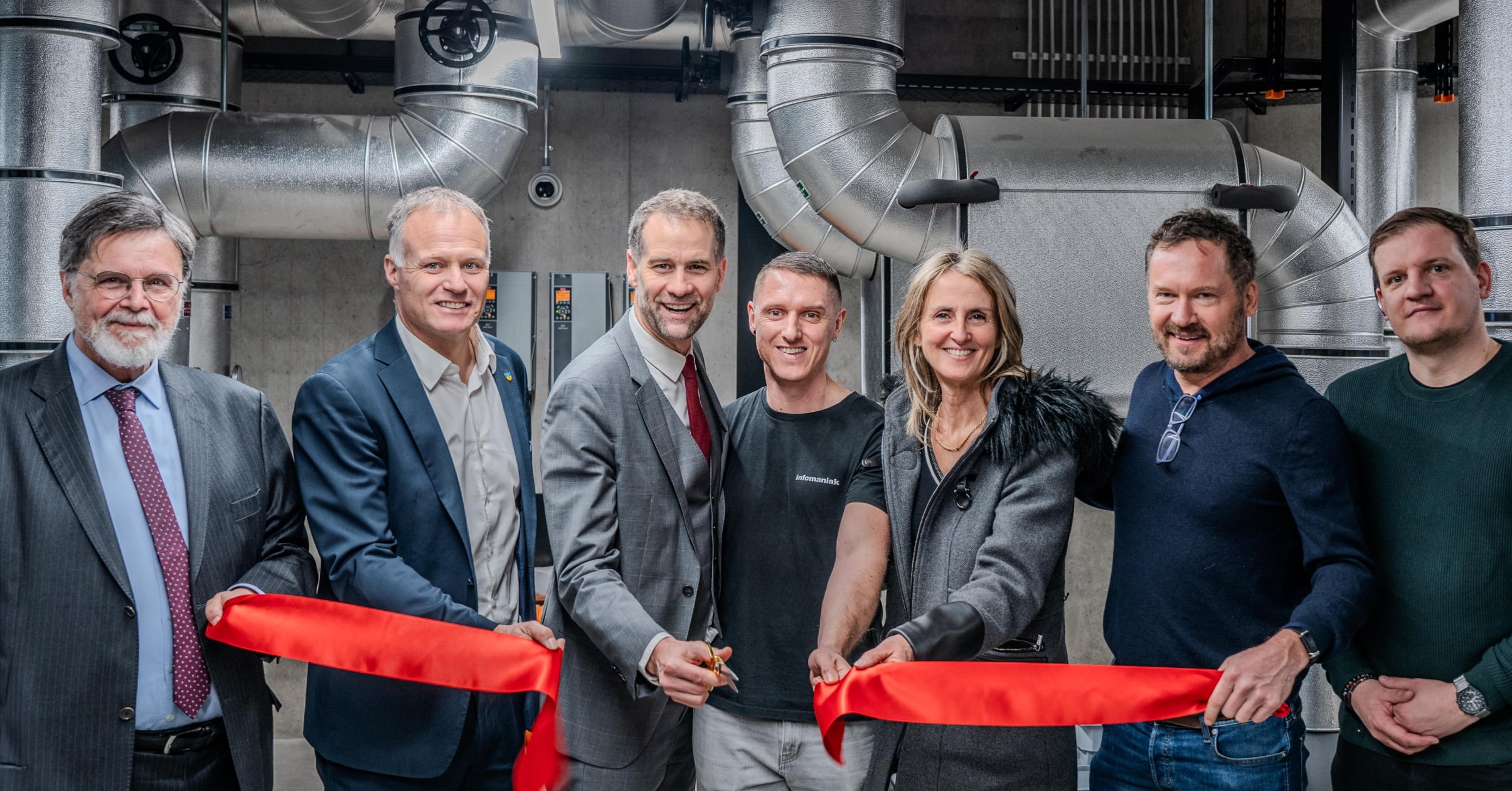

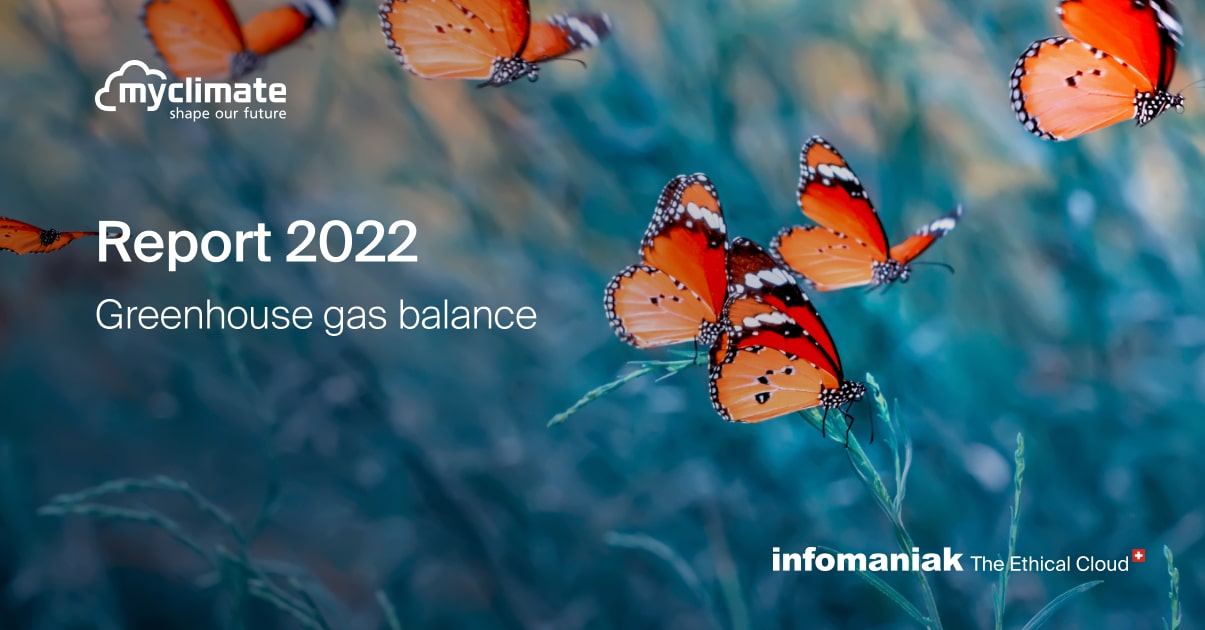
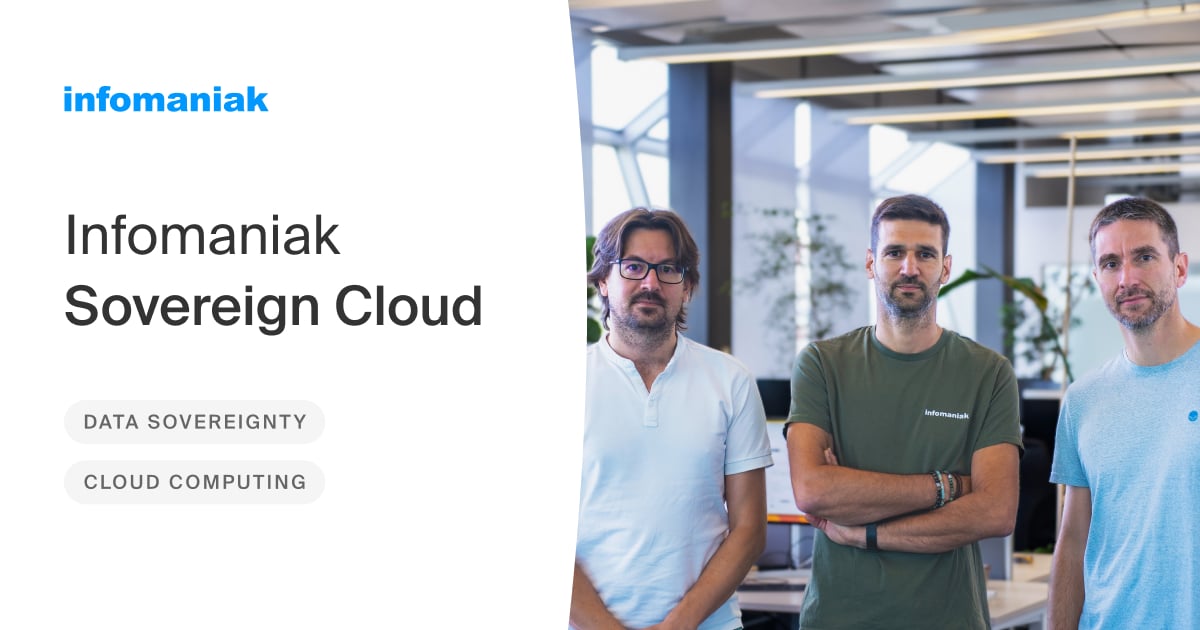
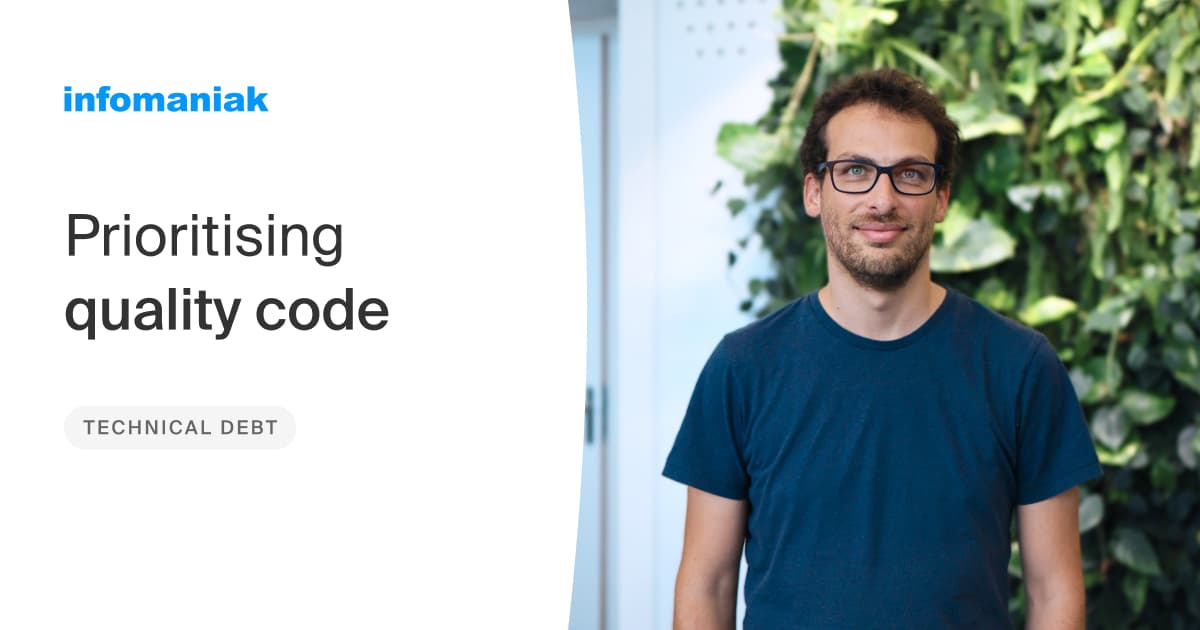
You must be logged in to post a comment.